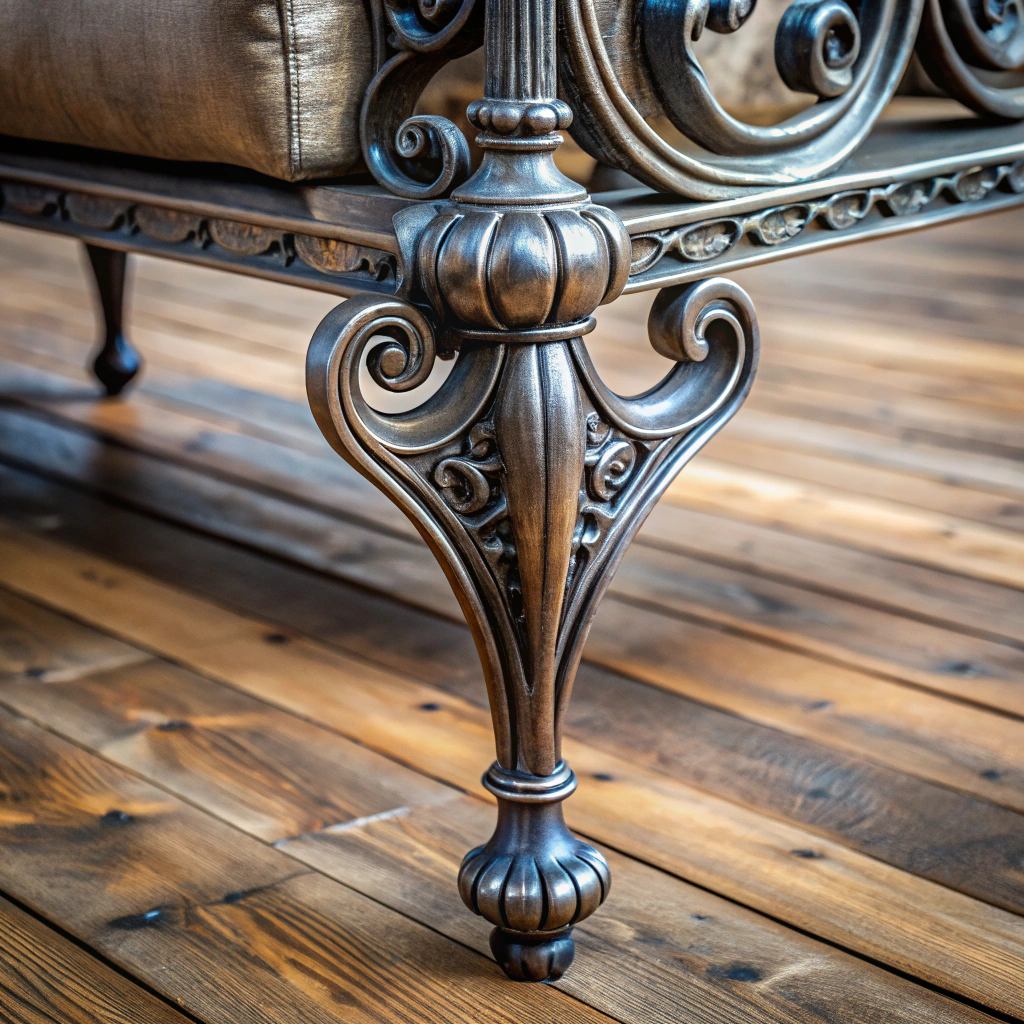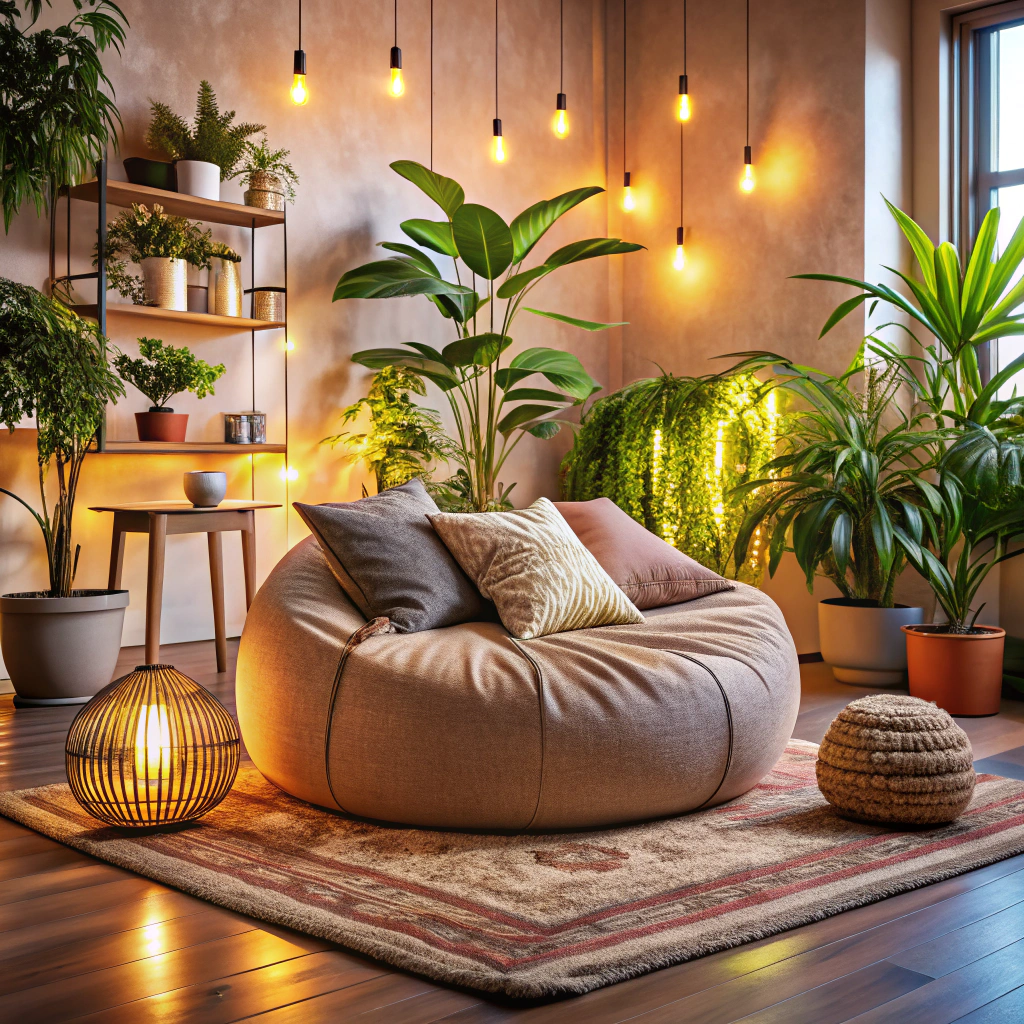Last updated on
Discover the distinctions between a sofa and a couch, including their design, historical origins, and how each can best serve your living space.
Key takeaways:
- Sofas are traditionally formal and structured, with two armrests and a back.
- Couches are more casual, with varying shapes and fewer armrests.
- Sofas are ideal for larger spaces and formal settings, while couches are versatile and better for comfort.
- Consider the size of your space and the desired atmosphere when choosing between a sofa and a couch.
- The terms “sofa” and “couch” can be used interchangeably but have subtle differences in formality and design.
Table of Contents
What Is a Sofa?
Traditionally characterized by a uniform style, sofas typically feature two armrests and a uniform back, offering a structured appearance. They come equipped with a seating capacity for three or more people, making them ideal for entertaining guests or accommodating larger families.
Moreover, sofas often include additional features such as pull-out beds or reclining functions, which enhance their functionality in a living space. Upholstery choices for sofas range from luxurious leather to various fabric types, allowing for customization to suit personal taste and decor.
As furniture pieces with depth and length, they are the centerpiece in a living room, often paired with chairs or loveseats to complete a cohesive seating arrangement.
Key Differences Between a Couch and Sofa
The terms “sofa” and “couch” are often used interchangeably, but traditionally, they refer to slightly different types of seating. Sofas are usually associated with a more formal and structured design, often featuring two armrests and a back, accommodating three or more people. They’re typically upholstered in quality fabric and are seen as the centerpiece in a living room.
Couches, on the other hand, tend to be more casual and can vary in shape, often having one armrest or none at all. The word “couch” derives from the French term “coucher,” which means ‘to lie down.’ This origin reflects their purpose – couches are meant for lounging and may be more comfortable for lying down, hence less formal than sofas.
Additionally, couches are versatile and can easily fit into smaller spaces or more informal settings, like family rooms or dens. They are perfect for spaces that prioritize comfort and relaxation.
When furnishing a space, consider these differences to match the piece of furniture to the desired atmosphere and functionality of the room.
How to Know Which Is Best for Your Home
Assessing your living space is crucial in deciding whether to opt for a sofa or a couch. Generally, sofas are associated with a more formal setting and structured design, ideal for living rooms that host gatherings or business meetings. They typically offer more seating capacity and often have a variety of style options that can complement your home decor.
On the other hand, couches, with their casual aura, are well-suited for relaxed or intimate environments such as family rooms or dens. Their typically smaller sizes and sometimes armless designs can be more conducive to casual lounging or lying down.
Consider your personal lifestyle and the primary use of the piece. If you frequently entertain guests or need a multifunctional seating area, a sofa may serve you better. If comfort and informal usage are your top priorities, a couch might be the more appropriate choice.
Space constraints also play a role. Measure your room’s dimensions and account for other pieces of furniture to ensure a good fit. Remember that a large sofa might overwhelm a small room, while a petite couch could look lost in a spacious area.
Reflect on the longevity and durability required for your furniture. Sofas often provide sturdy frames and high-quality fabrics that are designed to hold up over time, making them a sound investment for homes that see a lot of traffic.
Lastly, consider the aesthetics of your space. A sleek, modern sofa might complement a contemporary home, while a plush, cushioned couch could enhance the coziness of a traditional space. Your home’s architecture and existing decor can guide you towards the piece that will harmonize with your interior design.
The Difference Between a Sofa, a Settee, and a Loveseat
Sofas often feature a full-back, armrests, and are large enough to accommodate three or more people. They serve as the centerpiece of a living room and are designed for both comfort and aesthetics.
Settees resemble sofas but are distinguishable by their size and design. Generally, settees accommodate two people and are more akin to a wide chair. They tend to have a more upright seating position and are frequently used in entryways, bedrooms, or intimate conversation areas.
Loveseats are small sofas designed for two people. They are perfect for cozy spaces or as a complement to a larger sofa in a living room set. While similar in purpose to a settee, loveseats lean toward comfort rather than formal seating, often featuring plush cushioning and a casual style.
When to Say Sofa Vs. Couch
In everyday conversation, the terms “sofa” and “couch” are often used interchangeably, but there are subtle nuances that can guide you on when to use each term:
1. Formal vs. Casual: Although largely synonymous today, traditionally, “sofa” implies a more formal seating option with structured design, making it suitable for use in formal settings or more sophisticated decor themes. “Couch,” on the other hand, carries a casual connotation, ideal for relaxed and informal spaces like family rooms or dens.
2. Design Intent: Consider the design intent behind the piece. A furniture piece intended for seating multiple people, typically with armrests and cushions, aligns with the historical definition of “sofa.” If comfort and lounging are the primary purposes, “couch” might be the more appropriate term.
3. Cultural and Regional Preferences: Depending on where you are in the world or whom you are speaking to, one term may be more prevalent than the other. Be mindful of regional preferences to ensure clarity in communication.
4. Industry and Marketing Lingo: In the furniture industry, “sofa” is more commonly used and might be the term you encounter when shopping or researching online. It’s beneficial to use the term most familiar in the context to facilitate effective conversations with salespeople or designers.
Adapting your use of “sofa” or “couch” based on these points will enhance communication and reflect a nuanced understanding of these common pieces of furniture.





